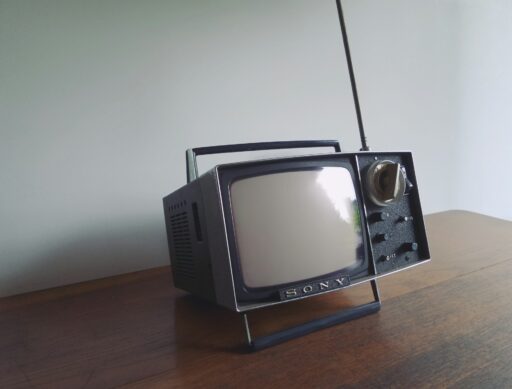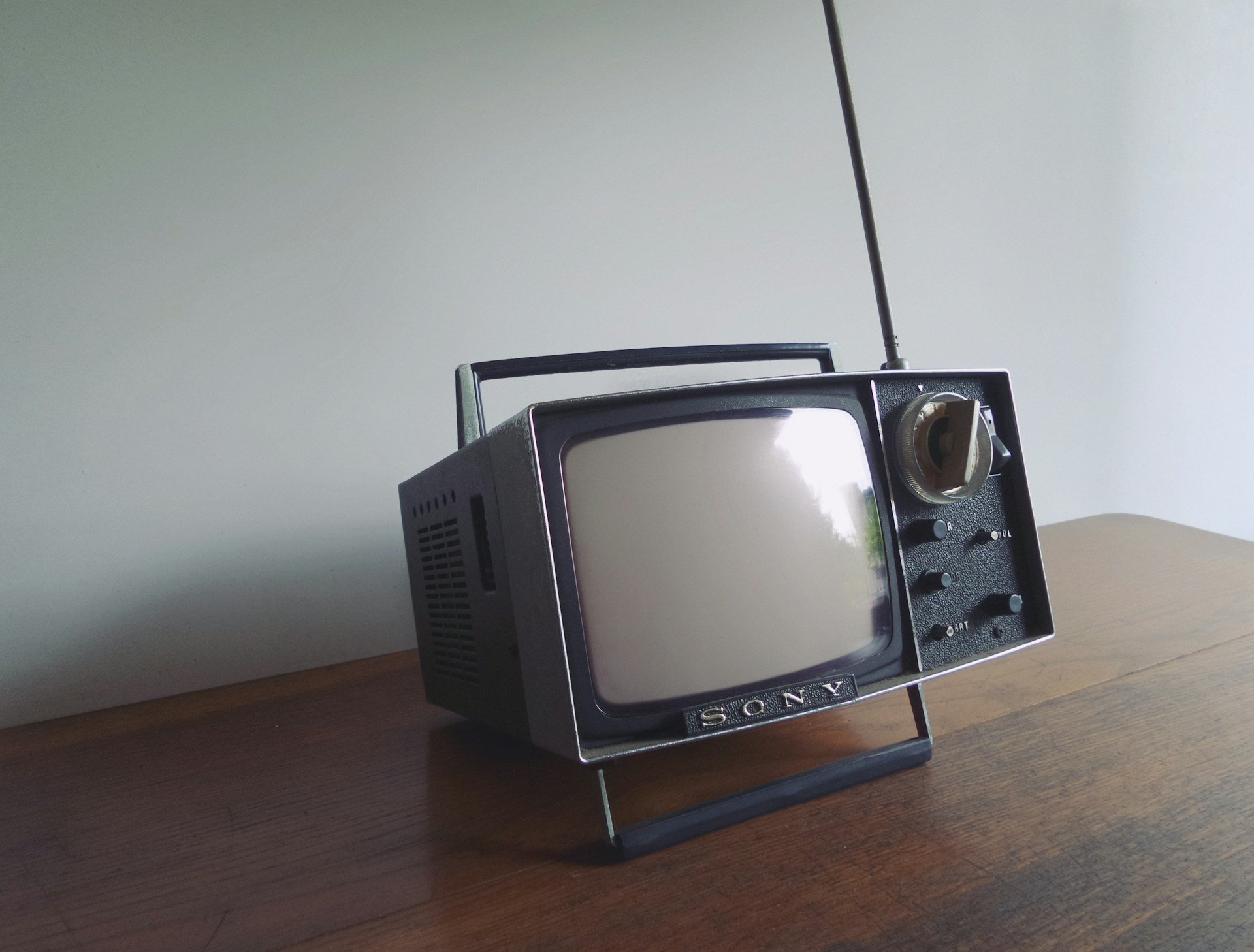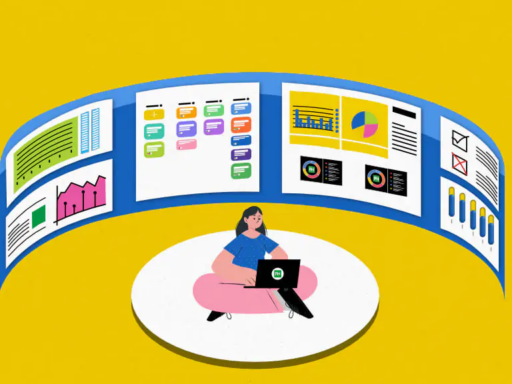Consumer electronics have become an undeniable part of our lives. From the moment we wake up to the second we drift off to sleep, these gadgets keep us informed, entertained, and connected. But how did it all begin? Let’s take a trip down memory lane and explore some of the most popular consumer electronics that have shaped our world.
The Pioneers: Bringing Information and Entertainment Home
- The Radio (Early 1900s): The granddaddy of consumer electronics, the radio revolutionized communication and entertainment. Crackling broadcasts brought news, music, and sports directly into homes, fostering a sense of community and shared experience. By the 1920s, radios became widely affordable, with estimates suggesting over 60 million in US homes by 1940 [Source: Britannica]. It solved the problem of isolation and limited access to information, creating a new information age.
- The Phonograph (Late 1800s): While not quite as ubiquitous as the radio, the phonograph brought recorded music into the living room. Imagine being able to listen to your favorite tunes whenever you wanted! This marvel of engineering, later nicknamed the Victrola, not only entertained families but also preserved musical performances. Though sales figures are harder to track for this earlier era, estimates suggest millions were produced by the early 1900s [Source: Library of Congress].
The Television Revolution: A Window to the World
- The Television (1920s – Present): The introduction of television in the 1920s marked a massive shift in how we consume information and entertainment. Early models were mechanical and expensive, but advancements in technology like the cathode ray tube (CRT) made TVs more affordable and accessible. By the 1950s, television ownership skyrocketed, forever changing how families spent their leisure time. Today, TVs are a staple in almost every household globally, with over 1.8 billion units shipped in 2020 alone [Source: Omdia]. They solved the problem of limited access to visual entertainment and news, creating a new shared cultural experience.
The Rise of Personal Entertainment: Mobility Takes Center Stage
- The Transistor Radio (1950s): The bulky radios of the past were transformed with the invention of the transistor. These smaller, portable radios allowed people to take their music on the go, revolutionizing personal entertainment. The iconic Sony Walkman, released in the 1970s, further cemented this trend, selling over 200 million units throughout its lifetime [Source: Sony]. Transistors solved the problem of limited portability for radios, allowing for a more personal entertainment experience.
- The Cassette Tape (1960s – 1990s): The cassette tape, both as a player and recorder, offered a new level of control over music. People could create customized playlists, record their favorite songs from the radio, and even capture live performances. Cassette tapes remained popular for decades, with estimates suggesting over 100 billion tapes sold worldwide [Source: BBC]. They addressed the need for portable and customizable music experiences.
- The Compact Disc (CD) (1980s – Present): Offering superior sound quality and durability compared to cassettes, the CD quickly became the dominant format for recorded music. CDs also revolutionized data storage for computers. Though streaming services have taken hold in recent years, CDs remain a popular choice for audiophiles, with over 2 billion units sold globally [Source: BBC]. CDs solved the problem of fidelity and durability issues with cassette tapes.
The Information Age: Communication and Computing Take Over
- The Personal Computer (1970s – Present): The personal computer (PC) transformed how we work, learn, and play. Early models were clunky and expensive, but continuous advancements made them more user-friendly and affordable. Today, PCs are essential tools for businesses, education, and personal use. While global PC sales numbers can fluctuate, in 2021, over 300 million units were shipped [Source: Canalys]. PCs addressed the need for a more accessible and personal computing experience.
- The Mobile Phone (1980s – Present): From bulky bricks to sleek smartphones, mobile phones have become an indispensable part of our lives. They allow us to stay connected with loved ones, access information on the go, and navigate the world with ease. The rise of smartphones, with their powerful processors and app stores, has further blurred the lines between communication and entertainment. There are over 4.3 billion smartphone users globally, highlighting their immense popularity [Source: GSMArena]. Mobile phones solved the problem of limited communication options and geographical barriers.







